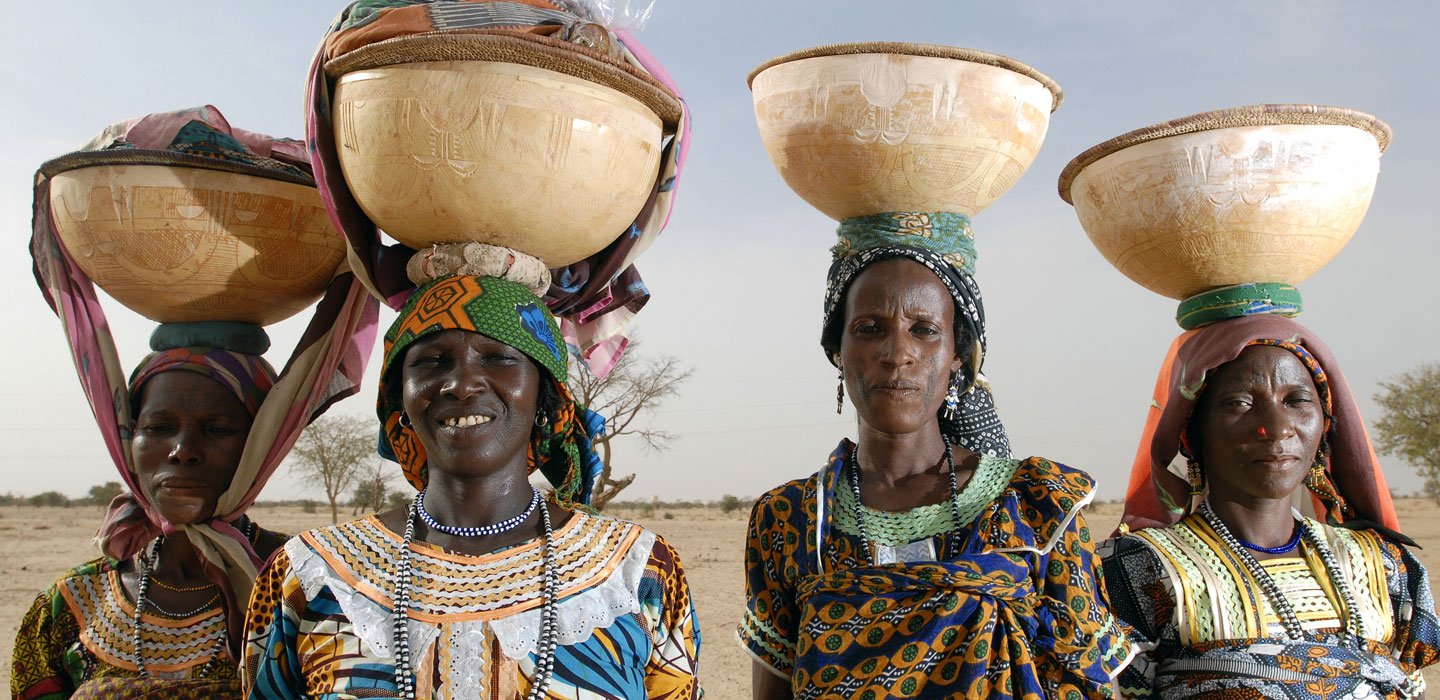Herramientas y Guías
Herramientas y Guías

Herramientas y Guías
Visualización del menú
Search Results Filters
Resultados de la búsqueda
Caja de herramientas: Servicios financieros digitales para los hogares de los pequeños agricultores
Los últimos adelantos de la tecnología y las telecomunicaciones tienen el potencial de hacer que los servicios financieros sean más accesibles y asequibles para los hogares de los pequeños agricultores de las zonas rurales. Gracias a plataformas digitales como los teléfonos móviles, los pequeños productores pueden ahora utilizar los servicios financieros sin tener que acudir a una sucursal bancaria.
Notas sobre: cómo establecer asociaciones entre el sector público, el sector privado y los productores en cadenas de valor agrícola
Las Notas aportan herramientas para el diseño y la ejecución de proyectos basadas en buenas prácticas que se han recogido de la experiencia en el terreno. Asimismo, sirven de guía a los equipos en la aplicación de recomendaciones específicas emanadas de políticas operativas del FIDA y de los requisitos básicos del Fondo para la realización de proyectos, y para la utilización de los instrumentos de financiación.
How to do note: Digital financial services for smallholder households
can especially benefit from mobile phone platforms, which offer immediate, safe access to government subsidies, cash transfers and remittances. The messaging features of mobile phones can complement digital financial services (DFSs) by offering timely information on weather conditions, farming tips, market
prices and potential buyers, which can help increase farming yields and profitability.
Lessons learned: Digital financial services for smallholder households
provide a platform for credit and insurance, without smallholders having to visit a bank branch. Mobile phones can also bridge information asymmetries by offering weather forecasts and real-time market prices, which can improve the ability of farmers to prepare and respond to inclement weather and price fluctuations.
Cómo hacer el seguimiento de proyectos de cadenas de valor
Notas para el análisis y el desarrollo de proyectos de cadenas de valor ganaderas
Este enfoque por etapas para el análisis y diseño de proyectos de cadenas de valor sigue el ciclo de diseño básico que adoptan los proyectos del FIDA.
Scaling up note: Ghana
Note sur la transposition à plus grande échelle: Nigéria
Scaling up note: Egypt
Scaling up note: Ethiopia
Scaling up note: Peru
Scaling up note: Sudan
Scaling up note: Bangladesh
Scaling up note: China
Scaling up note: Mauritania
Scaling up note: Indonesia
Toolkit: Integrated homestead food production
Since its founding, IFAD has focused on enabling smallholder farmers to increase agricultural production and productivity as a means for reducing poverty.
However, experience shows that increased productivity and incomes do not automatically translate into improved nutritional status of poor rural people, especially women, young people and children.